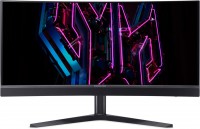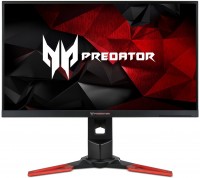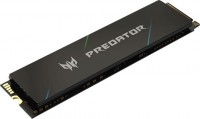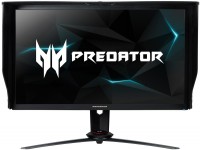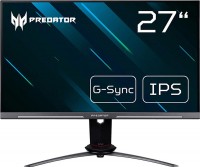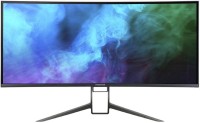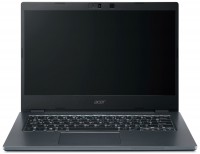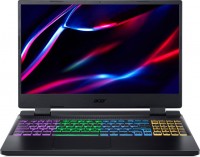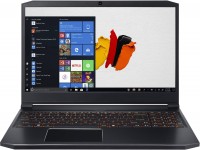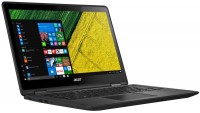Laptops Acer series Predator (gaming)
Acer Predator Helios (gaming)
Unlike inexpensive laptops of the Nitro series, Acer is not positioning the Predator series models for hardcore gamers who care about style, fast components, and modern gaming technologies. Over time, the line was divided into 2 branches — Predator Helios and Predator Triton. The Predator Helios models on this list can be categorized as "optimal". More powerful than the Nitro, but more modest than the Predator Triton.
Thanks to this approach, representatives of the series have gained fame as competently made laptops with correctly set priorities. The average representative of the series is stuffed so that it can easily give out the coveted 60 FPS on ultra in almost any AAA project, and the equipment here is such that after purchase you don’t have to regret that the keyboard is uncomfortable, there are not enough ports, and the refresh rate could be slightly less. At the same time, they do not have bells and whistles that many players do not need, such as individual backlighting of the keys, licensed NVIDIA G-SYNC, or USB ports with the Thunderbolt protocol. The body materials are metal and plastic, not pure aluminium like the Predator Triton.
 |
The classic configuration of the Predator Helios laptop looks like this: Core i7 + 16 GB of RAM + a mid-range graphics card like the GeForce RTX 2060/3060. As storage, a fast M.2 SSD with a capacity of 512 to 1024 GB is usually used. By the standards of 2020, this is an adequate laptop hardware that “knocks out” a stable 60 FPS even in such demanding toys as Death Stranding, RDR2 and Assassin's Creed Odyssey.
In most models, you can find excellent gaming displays (Full HD resolution, 144 Hz refresh rate, 3 ms response speed), a noisy but efficient cooling system, a comfortable gaming keyboard with zone RGB backlighting, built-in gaming functions and much more. The avid gamer definitely has plenty to choose from. Prices for Acer Predator Helios laptops range from $1,200 to $2,000, but sometimes you come across real strong men with specs on par with the Predator Triton.

